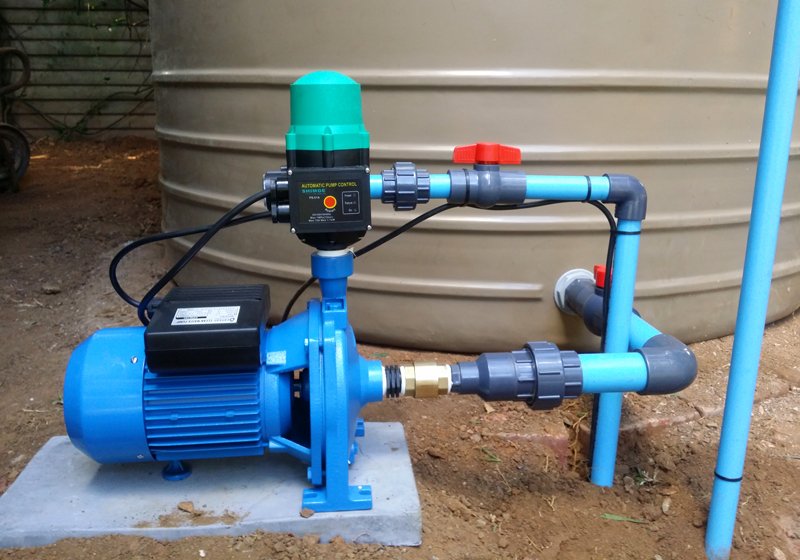Situations when we urgently need a special pump for pumping dirty water are usually typical:
- Pumping fecal water from septic tanks.
- Elimination of the consequences of utility accidents.
- Drainage water pumping.
- Maintenance of swimming pools, garden ponds.
- Irrigation of plants with groundwater.
If you have become a victim of flooding, you can apply to the water damage cleanup service Tri-state NJ , and they will urgently pump out dirty water and help you deal with the unpleasant consequences of flooding. However, before the specialists arrive, you can try to solve the problem yourself with the help of the pump.
There is a huge choice of pumps for pumping dirty water from different brands and manufacturers on the Internet. Therefore, before choosing the right pump, study its characteristics carefully.
Types of equipment for pumping out water
There are dozens of different pumps on the market, but only a few of them are suitable for pumping out dirty water. The following pumps are best suited for this task:
- Vacuum pumps. They work by creating a vacuum in the dirty water tank.
- Centrifugal pumps. The impeller creates a centrifugal force that pushes the water out.
- Vortex pumps. The centrifugal force also works in such pumps, but here it spins the water, and the resulting vortex sets it in motion.
- Vibrating pumps. In vibrating pumps, an electromagnetic coil, acting on a piston, alternately creates zones of low and high pressure, thus creating a flow of water.
Let’s consider a couple of pumps, which are usually used by water damage cleanup service Tri-state NJ and suit best for dealing with dirty water which you have in your house after the flooding.
Vacuum pumps
Vacuum pumps are easily coped with swamp slurry, silt, liquid manure, and large size of debris. Such a pump takes water from any area very quickly and lets it totally dry. Obviously, the water damage cleanup service Tri-state NJ is equipped with vacuum pumps. However, for domestic purposes, vacuum pumps are rarely used for pumping dirty water. The fact is that the amount of dirty water for pumping out is limited by the size of the storage tank. Continuous pumping is therefore not possible because the storage container must first be emptied. Another drawback of such a pump is that it’s pretty expensive to maintain. It is important to ensure the absolute reliability of any parts otherwise, an imperceptible air leak will make the pump inoperable.
Centrifugal pumps
Centrifugal pumps are very simple from a technical viewpoint, which explains their popularity. The centrifugal pump easily pumps not only water with sand or sludge, but also takes care of any aggressive or viscous liquid. The capabilities of the pump are limited only by the material from which it is made. Therefore, centrifugal pumps are usually made of durable stainless steel or wear-resistant cast iron. The potential of centrifugal pumps is very high, and water damage cleanup service Tri-state NJ has this type of pump at hand. Centrifugal pumps are relatively inexpensive and easy to maintain.
Submersible pumps
The device is designed to work with liquids from natural reservoirs. These pumps operate while submerged in water. Pumps can pump it out from a depth of more than a hundred meters. The minimum depth is 1 meter otherwise, the device will suck sand from the bottom of the source, which will lead to breakage. These devices operate silently and do not take up much space.

